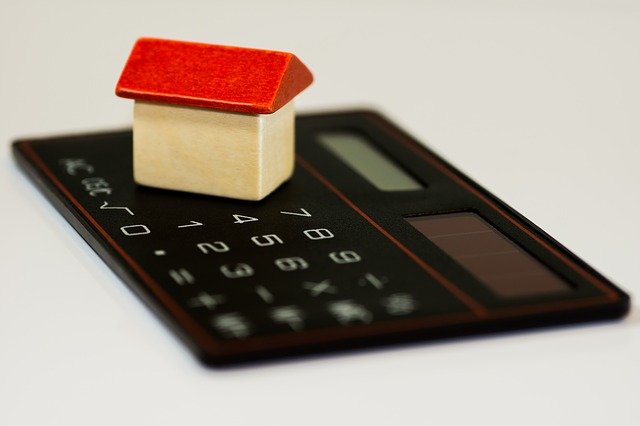When you signed your mortgage papers, you probably never imagined you’d find yourself in this situation. Still, here you are, and whether it’s because of unexpected bills, a job loss, or even divorce, even the idea of foreclosure can be nothing short of overwhelming. Fortunately, there are some steps you can take to avoid foreclosure and get back on the track to home ownership.
- Talk to your lender. The single best thing you can do, the moment you know you have a problem, is to reach out to your lender. Your bank or financial institution wants the money. The company doesn’t actually want the house. They just want the principal and the interest. If it’s in the lender’s best interest, they’ll help you keep your mortgage afloat. Keep in mind, though, that this may require additional paperwork, and most lenders aren’t willing to work with every borrower. If there’s a reason that the situation seems risky, they may be willing to go ahead and evict you. Many lenders, however, are willing to work out a repayment plan that makes sense for you.
- Refinance your loan. Often you can change the terms of your loan by refinancing it. The goal here is to replace a loan you can’t currently afford with one that you can. If you already have a loan through Fannie Mae or Freddie Mac, there are many programs that allow you to refinance if you have negative equity in your home. Even if you don’t have a loan through one of those government-sponsored organizations, it may still be possible to refinance your loan so you can find something that actually works for you.
- Sell your home. This is perhaps the single best way to move forward if you can’t afford the home you currently live in. With a quick sale, you could get out from under the debt of the mortgage and move forward with your life. Should you choose this option, it’s best to work with a company that specializes in a quick sale rather than wait for a buyer, as often you can have your mortgage debt settled in a matter of days rather than waiting on months for a buyer.
- Consider a short sale. A short sale is when your lender lets you sell the house for less than you actually owe. They take the proceeds of the sale, then they forgive the remaining debt. If this seems like the right situation, and it can be if you’re upside down in your current mortgage, you’ll want to find someone who can take you through the process as quickly as possible. You’ll also actually need permission from the bank to move forward with this. Expect to fill out lots of documentation and create a hardship letter stating why you can’t fully repay your loan. Your home will also need to be appraised before a short sale can actually move forward.
- Deed the home back to the lender. If you’re out of options, this is the best way to move forward if foreclosure must take place. It affects your credit the same as a foreclosure, but you’ll avoid all of the expense and time involved in a foreclosure proceeding, and it’s possible that the lender will agree to pay all of the expenses involved with the transfer.
Foreclosure can be a terrifying process, but it’s not one that you have to face with alternatives like these. Get your paperwork in order and talk to your lender before making the best decision for you.

